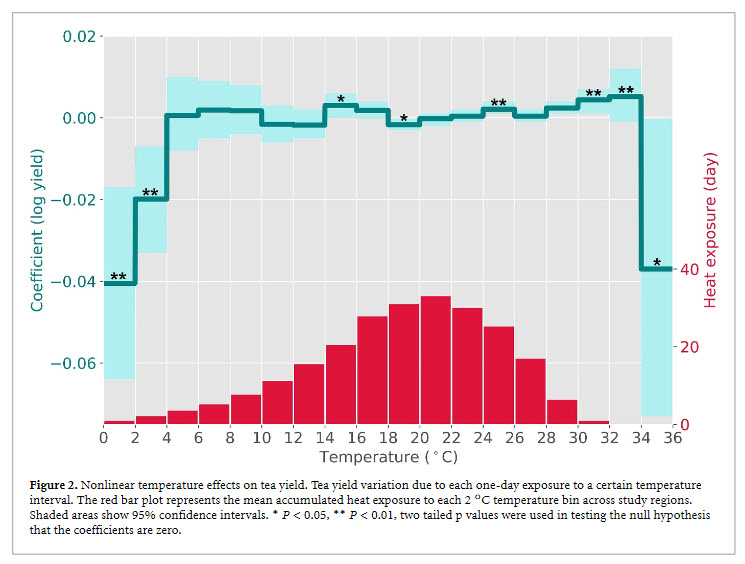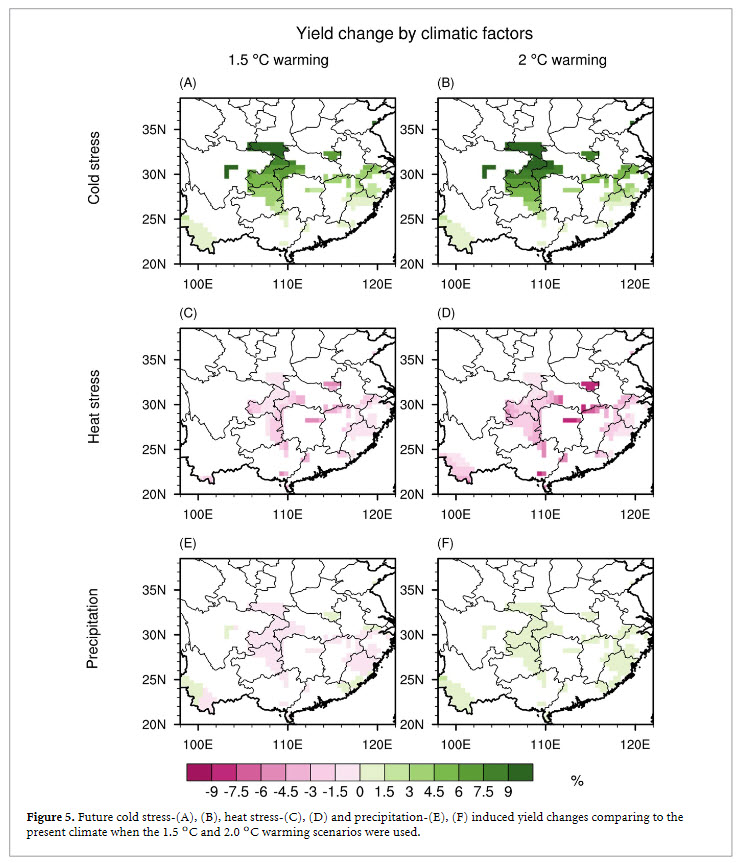In the ready-to-drink category, tea-focused brands like ITO EN are innovating. Instead of concentrates and solubles, line extensions are brewed from whole leaves from sustainably grown tea and offered in recyclable packaging. Rona Tison, Executive Vice President of ITO EN North America, joins Tea Biz to discuss what makes tea the ideal base for function-enhancing blends that appeal to health-conscious consumers.
Listen to the Interview

RTD Teas Formulated for Function
By Dan Bolton
Ready-to-drink tea, both refrigerated and shelf-stable, generated $4.2 billion in sales in the US multi-outlet channel last year. RTD is the fastest growth segment in tea. Volume increased 40% globally between 2011 and 2016 rising to 37 billion liters. Sales are predicted to generate $25 billion a year globally by 2024, according to Market Research Future. In the US, the RTD segment is a battle of titans dominated by Lipton, PepsiCo, whose Pure Leaf brand is the top seller and Coca Cola (marketing Peace Tea, Honest Tea, Gold Peak); along with Snapple and AriZona.
Cross category tea blends known as hybrids bridge traditional retail categories such as energy and refreshment; and have successfully carved out space on the shelf next to functional beverages as low-sugar organic, clean label alternatives to fortified waters and juice. Delivering a plant-powered matcha energy drink formulated with functional ingredients such as superfood acerola and yuzu for immunity, ginseng for focus, and ginger and honey to soothe ITO EN’s newly launched matcha LOVE ENERGY + (plus), provides a clean and natural energy boost with 50 milligrams of caffeine and L-theanine in an 8.28 fluent ounce can that is priced at $2.49
Dan Bolton: Rona, when many tea brands are introducing herbals and herbal infusions, ITO EN has shown a solid commitment to traditional tea and tea blends. Will you share with listeners how the new matcha LOVE ENERGY + line maximizes tea’s inherent health benefits before adding plant-based enhancements to the shot?
Rona Tison: Ito En’s expertise and legacy are really in green tea. Not a botanical but the Camellia sinensis plant that has not been oxidized, unlike black tea that is fully oxidized. As a vertically integrated company, we work very closely with the tea farmers tending to the soil, cultivating the tea leaf. And unique to Japan, the Japanese green tea leaves are steamed right after harvesting. This stops the oxidation and it helps preserve all the great health benefits as well as the properties of the tea leaf particularly important to taste and aroma.
We were the innovators of the first unsweetened ready-to-drink green tea, a feat that was said to be impossible because, of course, green tea would oxidize. So, after years of research, we were able to introduce a bottled green tea that captured the optimal moment of enjoyment as if you were having a freshly brewed cup of green tea. And this revolutionized tea drinking. Even in Japan, the younger generations weren’t taking the time to steep leaf tea as their parents were. They were much more mobile on the go and so this convenient, on-the-go, ready-to-drink green tea changed how tea was enjoyed even in Japan. Our bottled Oi Ocha just celebrated its 32nd year. It’s been exciting to see the impact this has had on the modern lifestyle.
Dan: Will you describe these plant-based enhancements?
Rona: Our matcha brand has been doing incredibly well but we wanted to take it one step further and have a beverage that had more functionality, particularly given these times of the global pandemic. So, we decided to create a clean energy drink, that is plant-based powered with green tea and matcha, which has the goodness in the vitality of the green tea leaf. Each functional ingredient enhances this goodness by boosting immunity, or focus or it soothes. As you are aware, many energy drinks today do not have such healthy ingredients. So we’re excited to be able to introduce a clean energy drink that gives you the benefits as well as tastes delicious. And that, of course, is first and foremost, people are very conscious about boosting their health and wellness, particularly in these times.
So, with that in mind, we created the three flavors: immunity, which helps maintain your defenses, with the superfruit as the acerola, and yuzu, which is a Japanese citrus, that is very high in vitamin C. Focus is matcha, combined with the ginseng and blueberry that empowers mental clarity and focus. Soothe helps kind of soothe body and mind. It’s made with the honey and ginger.
All share a base of green tea and matcha, which provides the natural caffeine balanced with the amino acid, L-theanine, which is very high in green tea. Together you experience a sense of calm with alertness. Combined with the caffeine and L-theanine, this is a very clean and healthy energy drink with none of the unhealthy ingredients that you can’t pronounce that are artificial and synthetic. Matcha LOVE ENERGY + has healthy clean ingredients, and only 50 milligrams of natural caffeine balanced with the L-theanine. This amino acid gives you a sense of calm and alertness, so you get your nice gentle boost, but it keeps you grounded throughout the day.

Dan: Consumer research confirms that drinks that deliver an energy boost are a top priority. In Europe, a survey of 5,000 consumers [conducted for Germany-based Beneo] revealed that half are looking for food and drink products to help them make it through the day. Eight-of-10 of those aged 18-34 said they seek energy-boosting products, but with safe concentrations of caffeine and without synthetic flavors, sweeteners, colors, and preservatives.
Rona: There’s been a huge increase in the plant-based lifestyle, as more and more consumers are embracing a life of health and wellness. And, of course, tea is the original plant-based beverage. I don’t know if your are aware that it was actually in Japan that functional foods first were introduced. In the 1980s, a grant was given to research functional foods, which in Japan are regulated under The Japanese Ministry of Health established regulatory oversight for functional foods known as ‘Foods for Specified Health Use’ (FOSHU)* in 1991. So, we thank Japan for the fact that they’re functional beverages or functional foods.
It’s always been a priority for ITO EN to bring healthy beverages to the forefront. Our five guiding principles have always been natural, healthy, safe, well designed, and delicious. So, whenever we conceptualize and develop products, it has to be within these five principles. And so, we’re excited about our Matcha LOVE ENERGY + line joining our portfolio of green tea beverages and award-winning teas tea organic line, which is known for its clarity and clean finish.
Our traditional Oi Ocha line, which is very much an authentic green tea taste, refreshing. All green teas have antioxidants, the catechins EGCG and a multitude of vitamins to include the daily vitamin C. So given these times of the global pandemic, where people are thinking and prioritizing their health and immunity, it’s pretty exciting that we’ve been able to introduce this hybrid beverage that not only tastes good but has functional properties.
*The Japanese scientific academic community defined ‘functional food’ early in the 1980s. That is, functional foods are those that have three functions. The primary function is nutrition. The secondary function is a sensory function or sensory satisfaction. The third is the tertiary function, which is physiological.
Share this post with your colleagues.
Signup and receive Tea Biz weekly in your inbox.
Never Miss an Episode
Subscribe wherever you enjoy podcasts:















